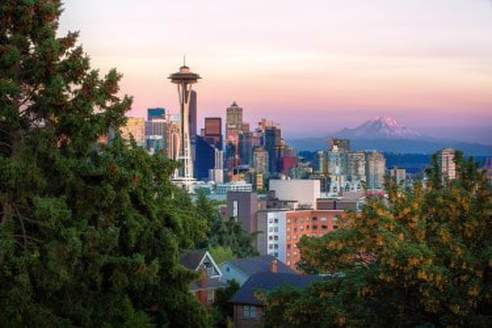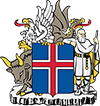Seattle, washington

Luca-Micheli-799250-unsplash
Named for Native American Duwamish and Suquamish Tribes' Chief, Sealth, whose peoples were the initial inhabitants of the Puget Sound Sound area, the first Europeans arrived in Seattle in 1851, and it became incorporated in 1869. Surrounded by mountains and water, sandwiched between Puget Sound and Lake Washington, Seattle has a history of boom and bust. Logging was the first major industry, then it became a commercial and ship building community known as the gateway to the Klondike Gold Rush in Alaska.
Often called “The Emerald City,” it hosted the World’s Fair in 1962, for which the Space Needle, now an iconic part of the skyline, was built. With the temperate, marine climate characterized by relatively dry summers and cool, wet winters, today Seattle is the largest city in Washington State, a major port for trans-Pacific and European trade, and home to such mega-corporations as Boeing, Amazon, Microsoft, Nordstrom, Costco, Expedia, and Starbucks to name just a few.
Seattle has the largest Icelandic community in the United States with cultural and educational exchanges having taken place for many years. A sister city agreement between Seattle and Reykjavik was signed in 1986, the year of Reykjavik's bicentennial anniversary. In 2018 the city opened a new Nordic Museum attended by Icelandic President Guðni Thorlacius Jóhannesson.
Known for its rich cultural and sports scenes, this cosmopolitan city with a diverse and laid back attitude, boasts a greater metro population of 3.9 million.
The first Icelanders arrived in Seattle in the mid-1880s but their migration to the Seattle area began in the last decade of the nineteenth century from other parts of North America and increased rapidly after the great fire of 1889. Jobs to rebuild the city were plentiful and an Icelandic community soon evolved alongside other Nordic emigrants in an area of Seattle today called Ballard.
Often called “The Emerald City,” it hosted the World’s Fair in 1962, for which the Space Needle, now an iconic part of the skyline, was built. With the temperate, marine climate characterized by relatively dry summers and cool, wet winters, today Seattle is the largest city in Washington State, a major port for trans-Pacific and European trade, and home to such mega-corporations as Boeing, Amazon, Microsoft, Nordstrom, Costco, Expedia, and Starbucks to name just a few.
Seattle has the largest Icelandic community in the United States with cultural and educational exchanges having taken place for many years. A sister city agreement between Seattle and Reykjavik was signed in 1986, the year of Reykjavik's bicentennial anniversary. In 2018 the city opened a new Nordic Museum attended by Icelandic President Guðni Thorlacius Jóhannesson.
Known for its rich cultural and sports scenes, this cosmopolitan city with a diverse and laid back attitude, boasts a greater metro population of 3.9 million.
The first Icelanders arrived in Seattle in the mid-1880s but their migration to the Seattle area began in the last decade of the nineteenth century from other parts of North America and increased rapidly after the great fire of 1889. Jobs to rebuild the city were plentiful and an Icelandic community soon evolved alongside other Nordic emigrants in an area of Seattle today called Ballard.








